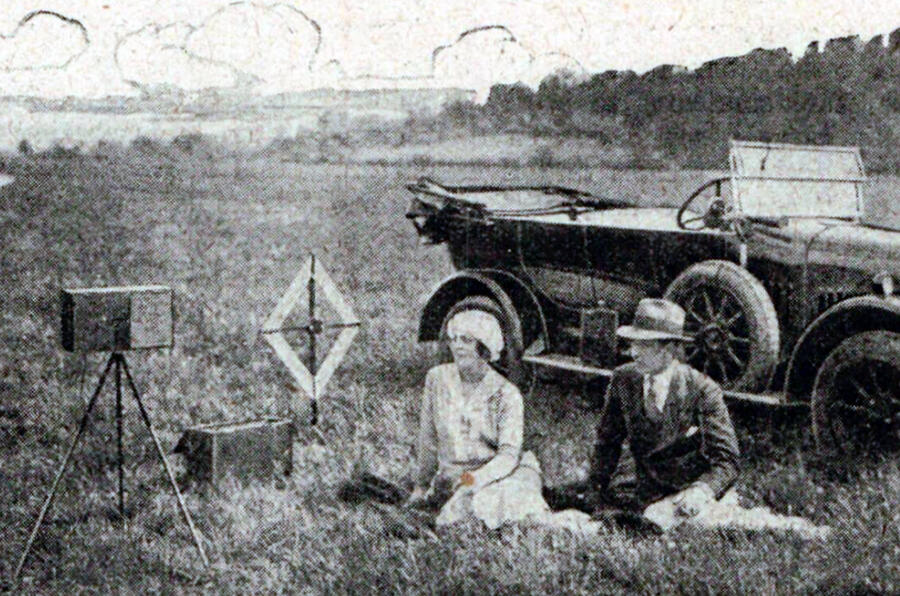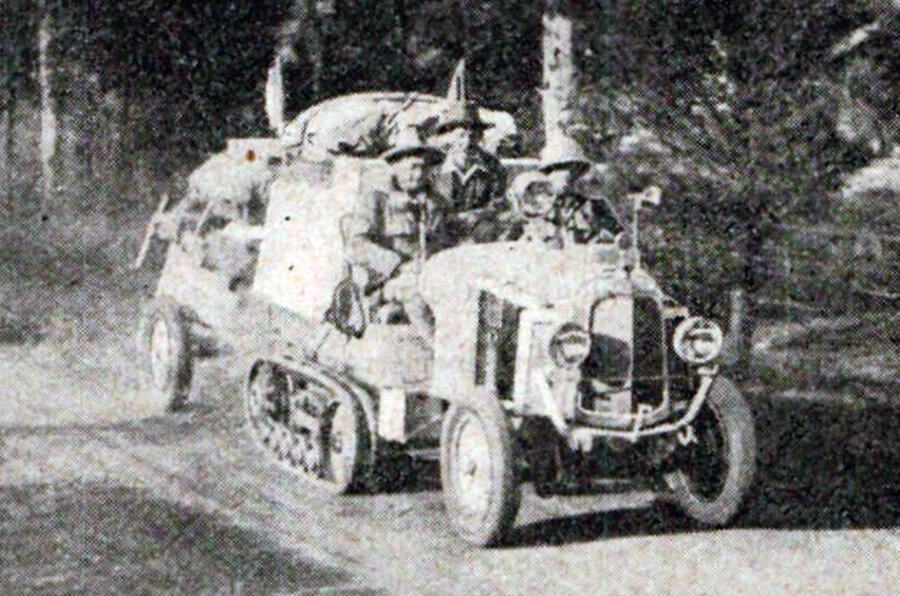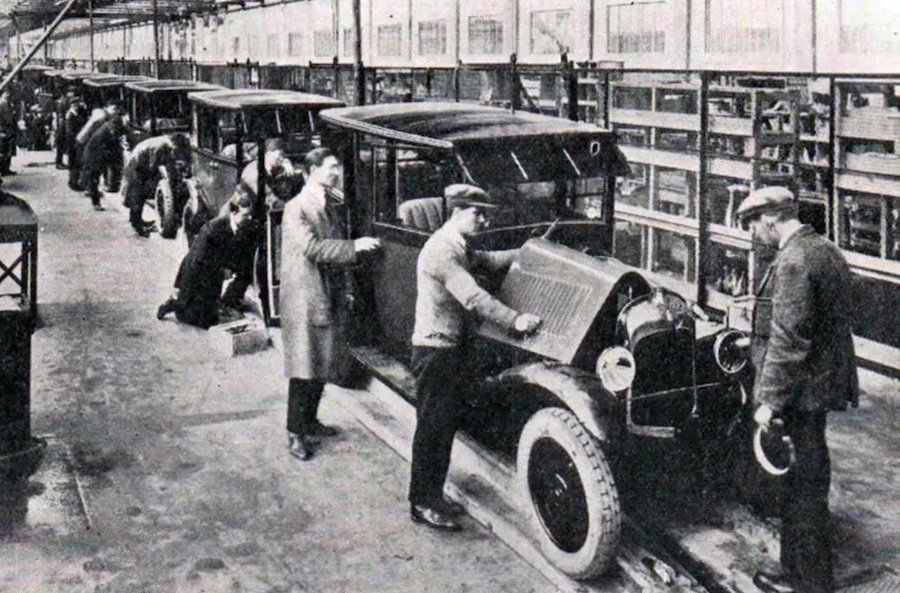Formula 1 last weekend visited Monza, which is one of the most historic circuits on the roster, having been opened and hosted its first Italian Grand Prix in 1921
In 1925, we watched trackside as the old world defended against the new world. “[Alfa Romeo’s Giuseppe] Campari, the Italian favourite, was first off the line; [Duesenberg’s] Tom Milton stalled and went away very leisurely at the end of the procession.” Soon the other Duesenberg of Peter Kreis had captured the lead, the Alfas bunched up behind him, but in a flash his gearbox failed terminally.
The red cars of Gastone Brilli Peri and Pete De Paolo pitted on lap 33, giving Milton the lead, with Campari suffering engine trouble as he rejoined the race. The white-and-blue Duesenberg then followed suit with a broken oil pipe, and although Milton recovered well from this 20-minute setback, he was only back up to fifth by lap 70, while Brilli Peri led De Paolo by seven minutes.
He held on for the final 10, taking the flag after five hours, 14 minutes, ahead of Campari and the 1.5-litre-class Bugatti of Meo Costantini.
“Words fail to describe the wild excitement of the crowds as he won the Italian Grand Prix and the [inaugural] world championship.”
From the archive: On this day in 1925
The first Citroën rolled out of the Paris factory in March 1919, and in that first year of production some 750 Type As went to Britain.
By 1923, we were big business for the French firm, with almost 25,000 of its cars on our roads.
From 1915, the UK government had imposed the McKenna Duties, a one-third tax on foreign luxuries, to pay for the Great War. They were ended in 1924 but reimposed a year later, so Citroën quickly decided it had better start making cars here.
It chose Slough, Berkshire, and opened the plant in February 1926 with 500,000sq ft of space and “the most modern machinery in the world”, employing some 5000 people.
There are special ovens for the painting system, and a compressed air plant has been installed to run the drills and mechanical spanners used in the assembly,” we reported.
“Components are erected separately and fitted to the chassis as it proceeds slowly on a conveyor.
“There’s a very elaborate system for nickel-plating various parts, and it’s interesting to note that a plant has been installed for dealing with the plate glass for windows.”
The initial British Citroën range was a three-seat tourer (£6155 in today’s money), a four-seat tourer (£8065) and a saloon (£9550).
Slough went on to build the Traction Avant, 2CV, Bijou and DS before being closed in 1965.
Portable wireless for cars

Radio – or rather wireless, as it used to be known – was quite a technical hobby in the early days, especially if you wanted your set to be portable.
For reasons of cost, most motorists would build their own in-car radio – although they had to stop driving to listen to a symphony from the BBC.
Radio sets were bulky items, and even more so if you wanted a loudspeaker (pictured) rather than headphones. “The proper container is not a wooden cabinet but a cheap suitcase,” we said.
A home-made receiver would have cost you about £28, which is £1900 in our money.
Kégresse fleet cross Africa

Citroën was also making news on the other side of the world as one of its Adolphe Kégresse-designed halftrack cars reached Cape Town, nine months and some 11,000 circuitous miles after leaving north Africa.
Its fleet of siblings got to Tanzania, Kenya and Mozambique before being shipped to Madagascar.
Kégresse vehicles – which use rubber or canvas belts, rather than interlocking metal bits like on a tank – became popular in Russia, rural Europe and even the British countryside. They also played major roles in the Second World War.
Verwandte Nachrichten

